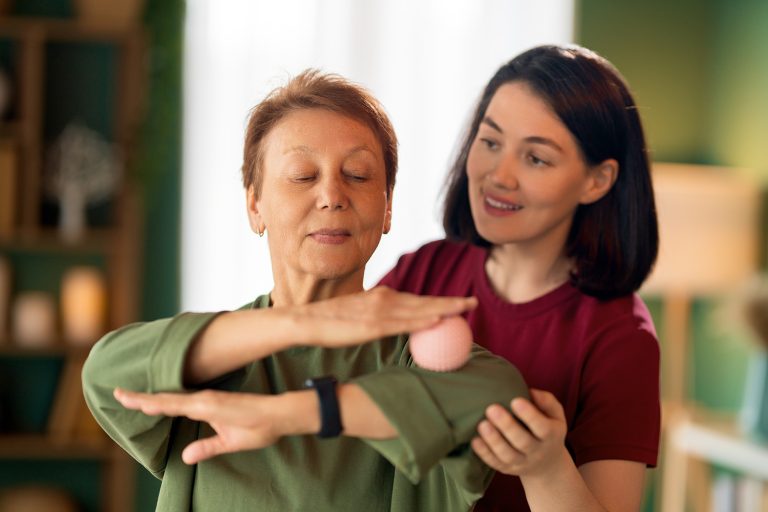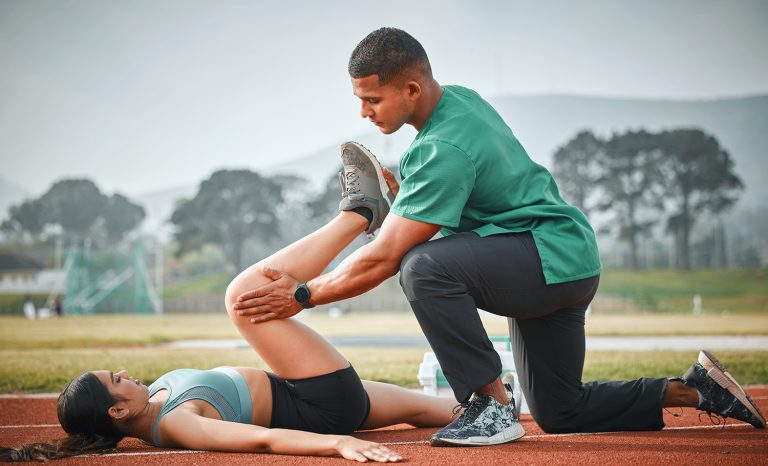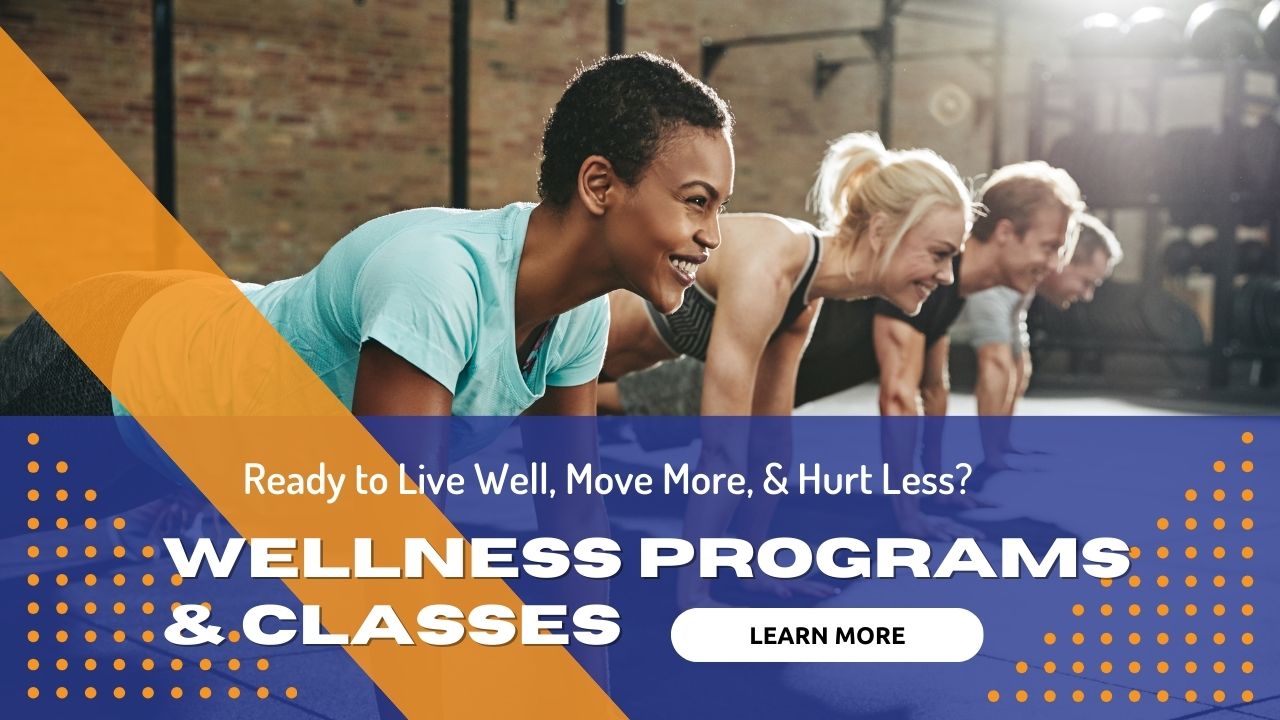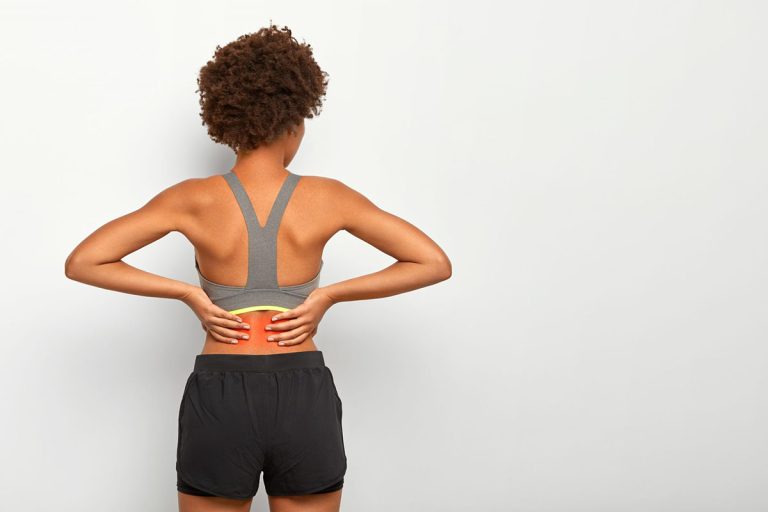
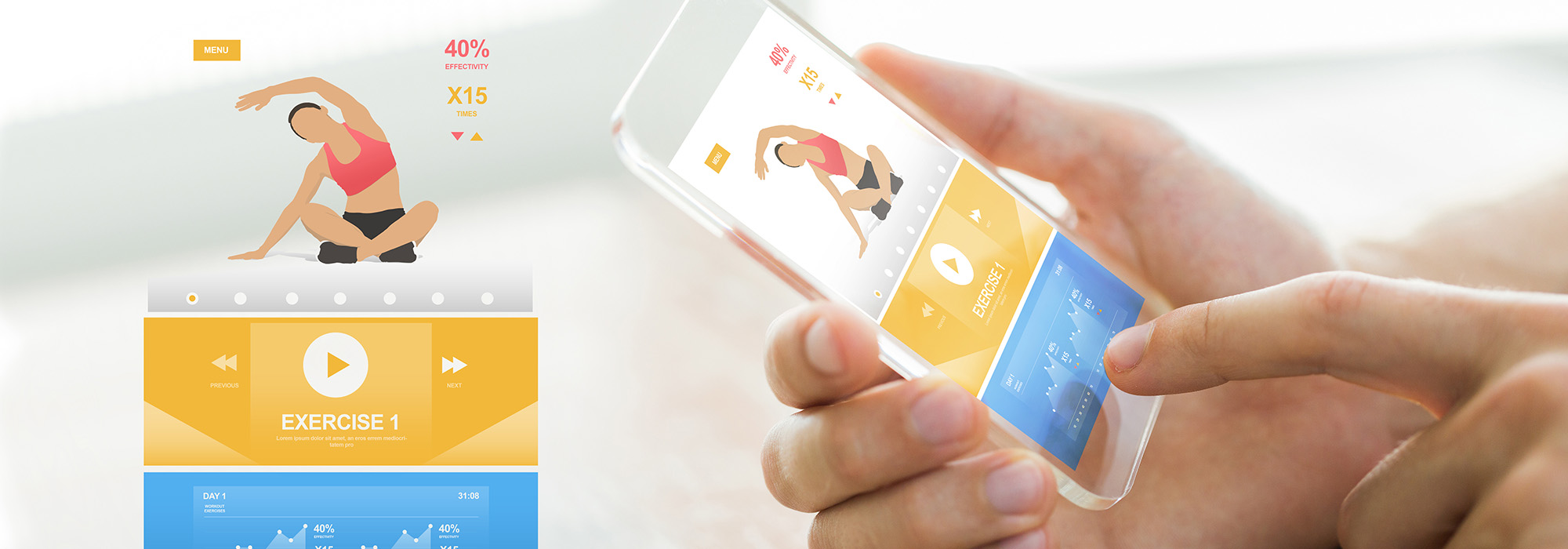
6 Dos and Don'ts for Fitness Apps in The New Year
Did you know that more than 325,000 health apps were available to consumers in 2017 (Research2Guidance). Wow! These include popular apps like Strava, Lose It!, Couch to 5K, FitStar Personal Trainer, etc. – apps available to help people achieve goals related to weight loss, healthy eating, and improved fitness. As more people continue to turn to health apps on their smartphones to help achieve goals related to exercise and weight loss, it’s important to use such tools with an element of wisdom.
The emergence of health and fitness apps is definitely a positive development in the health care world because they can be successful in engaging people and empowering them to take on a greater personal role in their health care journeys. That said, even the best fitness apps can’t address everything that’s important when it comes to safely and effectively achieving personal goals.
The missing ingredient…
Fitness apps don’t know you – your medical history, your current strengths and weaknesses … how to get you to your goals in a way that’s safe and which takes into consideration the limits and abilities of your body and current fitness levels. Many of these apps are great for helping people track their fitness goals, holding them accountable through reminders and tips, and often providing an online support system as well. But the app’s user is the key to the entire equation.”
With this in mind, here are a few things to keep in mind for effectively using health apps:
DO use apps to track your goals. Whether it’s tracking distance, calories consumed/burned, workout times, etc., this is one of the most effective uses of health apps. And tracking progress only helps in the achievement of goals.
DON’T use apps to set your goals. Running a 5K, for instance, may seem like a great goal. But based on current fitness levels, injury history, movement limitations, etc., perhaps it’d be better and safer to start more slowly (perhaps first running a mile) or trying a different exercise (i.e., cycling, hiking or swimming).
DO use apps for motivation. Being we’re attached to our smartphones throughout the day, apps serve as great motivational tools when trying to stick to a workout regimen. Apps can even connect the user with others for added encouragement.
DON’T let apps push you too far. Listen to your body over your app. If something’s not feeling right, it’s OK to skip today’s Couch to 5K workout. Through pain or discomfort, your body may be telling you to rest, or perhaps get checked out by a physical therapist or physician.
DO use apps to help you explore new activities. Apps can certainly make you feel empowered, serving as motivation to try new things – new yoga poses, new core exercises, new activities like running or cycling, etc. But…
DON’T forget to seek professional medical advice before starting something really new. As with any new physical activity, it’s important to get assessed by a medical professional, such as a physical therapist, to ensure your body’s equipped to handle the rigors of said activity. Be safe and injury-free when pursuing your goals.
Please Share
categories
Recent Posts
categories

6 Dos and Don'ts for Fitness Apps in The New Year
Did you know that more than 325,000 health apps were available to consumers in 2017 (Research2Guidance). Wow! These include popular apps like Strava, Lose It!, Couch to 5K, FitStar Personal Trainer, etc. – apps available to help people achieve goals related to weight loss, healthy eating, and improved fitness. As more people continue to turn to health apps on their smartphones to help achieve goals related to exercise and weight loss, it’s important to use such tools with an element of wisdom.
The emergence of health and fitness apps is definitely a positive development in the health care world because they can be successful in engaging people and empowering them to take on a greater personal role in their health care journeys. That said, even the best fitness apps can’t address everything that’s important when it comes to safely and effectively achieving personal goals.
The missing ingredient…
Fitness apps don’t know you – your medical history, your current strengths and weaknesses … how to get you to your goals in a way that’s safe and which takes into consideration the limits and abilities of your body and current fitness levels. Many of these apps are great for helping people track their fitness goals, holding them accountable through reminders and tips, and often providing an online support system as well. But the app’s user is the key to the entire equation.”
With this in mind, here are a few things to keep in mind for effectively using health apps:
DO use apps to track your goals. Whether it’s tracking distance, calories consumed/burned, workout times, etc., this is one of the most effective uses of health apps. And tracking progress only helps in the achievement of goals.
DON’T use apps to set your goals. Running a 5K, for instance, may seem like a great goal. But based on current fitness levels, injury history, movement limitations, etc., perhaps it’d be better and safer to start more slowly (perhaps first running a mile) or trying a different exercise (i.e., cycling, hiking or swimming).
DO use apps for motivation. Being we’re attached to our smartphones throughout the day, apps serve as great motivational tools when trying to stick to a workout regimen. Apps can even connect the user with others for added encouragement.
DON’T let apps push you too far. Listen to your body over your app. If something’s not feeling right, it’s OK to skip today’s Couch to 5K workout. Through pain or discomfort, your body may be telling you to rest, or perhaps get checked out by a physical therapist or physician.
DO use apps to help you explore new activities. Apps can certainly make you feel empowered, serving as motivation to try new things – new yoga poses, new core exercises, new activities like running or cycling, etc. But…
DON’T forget to seek professional medical advice before starting something really new. As with any new physical activity, it’s important to get assessed by a medical professional, such as a physical therapist, to ensure your body’s equipped to handle the rigors of said activity. Be safe and injury-free when pursuing your goals.
Please Share



